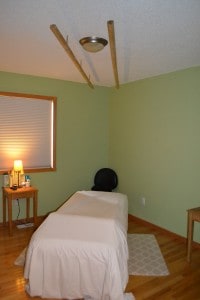It is no secret that some of the American public is comfortable with the thought of someone using their feet to massage them. Many of them are just getting used to the idea of massage, and now you want to massage them with your feet!
Introducing ashiatsu to your valuable massage clients is a delicate art.
Learning how to market your ashiatsu skills is an imperative part of training. In my ashiatsu training course we cover many ways to introduce ashiatsu to your clients. This includes focusing on the benefits of ashiatsu to the client (instead of all of the benefits of ashiatsu to you – the practitioner), and debunking the thought that your feet are dirtier than anyone’s hands.
DIY Ashiatsu?
Another way to introduce barefoot massage to your clients is to make a little video like the one below and send it out in a client newsletter, or post it on your website. Let clients try a little informal ashiatsu massage at home where they are comfortable. This video encourages couples to try to massage each other’s feet using their own feet.
How many of your clients have told you their spouse tries to give them a massage but their hands get tired so quickly?
My guess is – a lot.
Show your how to safely try a little ashi at home! You may find that clients (and their spouses) are more willing to give ashiatsu a try the next time they are in your office.
